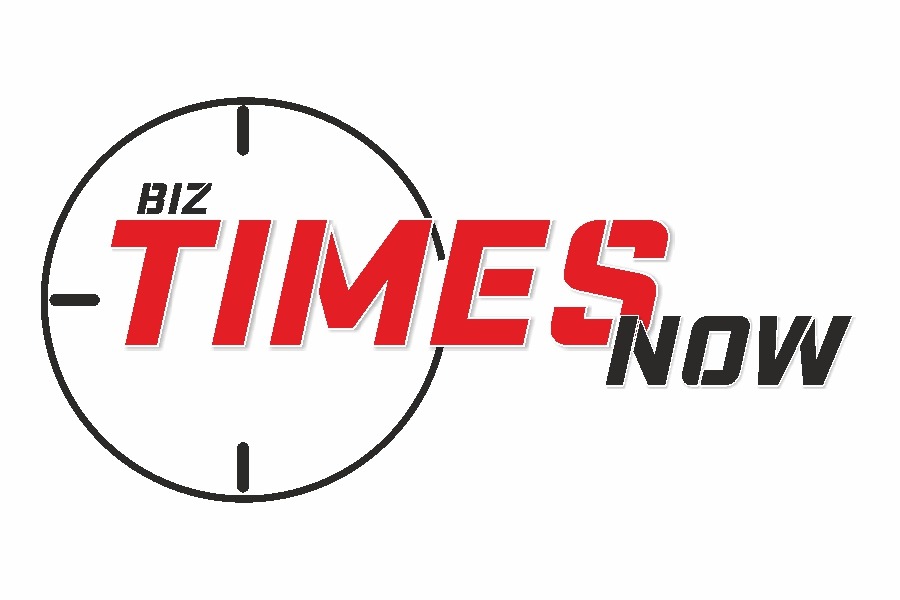Innovative mechanical advancements are anticipated to alter our way of life in 2023. Colourful and pristine innovations, such as tone-charging widgets and notable advances in man-made headwear, may be widely available now. Next are five of the most reassuring creation improvements expected in 2023.
Next Generation Chatbots with Emotional Intelligence
Chatbots have become nearly ubiquitous as AI technologies continue advancing rapidly. However, a new generation of chatbots with greater lifelikeness, speed, and intelligence will emerge 2023. These chatbots will exhibit massive enhancements in capacity to profoundly appreciate people, considering more regular discussions that figure out logical prompts and answer suitably to close-to-home states.
Organizations like Human-centered and Google are driving the way in creating self-learning chatbot models that train on human discussions. Early internal testing shows these chatbots have engaging, empathetic conversations indistinguishable from real people. With advanced natural language processing and generative AI abilities, upcoming chatbots can understand personalities, build rapport through dialogue, and know when to provide encouragement, humour, or support.
The treatment of mental illness, education, established relationships, and customer service all suffer significantly from this. As these chatbots keep improving, they can perform explicit care appraisals on the fly, drawing them nearer to mindfulness. 2023 will show huge progressions in chatbots that can banter with people.
Quantum Computing Goes Commercial
This could finally be the year quantum computing moves out of theoretical physics and into commercial viability. IonQ, Google, IBM, Microsoft and others are racing to accelerate the advancement of quantum machines and deliver them through distributed computing management. Though still in its early days, businesses can start experimenting with quantum algorithms to solve complex problems that are intractable for classical computers.
Areas like financial modelling, molecular simulation, cryptography, and machine learning could see quantum advantages in 2023. One promising application is creating atomically tuned lithium-ion batteries with high efficiency for smartphones, laptops, and electric vehicles. This level of rapid custom-material design is only possible with quantum computations.
With high error rates and small qubit counts, today’s quantum devices still have limitations. However, rapid iterative advancements by quantum startup leaders show that commercial quantum is closer than ever.
Self-Charging Devices Arrive
Charging your multitude of devices is a constant hassle and pain point. Nonetheless, propels in energy-reaping innovation empower gadgets and sensors that can self-charge without batteries or charging links. Several approaches promise to finally make this long-standing dream a reality in 2023.
Piezoelectric crystals can convert ambient mechanical energy from vibrations or motion into usable power. These could be integrated into shoe inserts, bridges, roadways, appliances, and more to generate electricity passively. Analysts are additionally working on the effectiveness of sun-oriented cells. New photovoltaic films can also harness raindrop energy and capture light with shorter wavelengths. Devices that absorb wifi or other ambient radio signals are nearing commercialization.
The startup is testing prototypes for fully self-charging consumer devices by combining these advancements with ultra-low-power components. Impending items incorporate wellness trackers, watches, remote headphones, and cell phone cases charged by your developments and encompass radio waves. The way that everyday smart devices are powered could be altered by this absence of batteries.
Immersive Extended Reality Goes Mainstream
While still in its early stage, 2023 could see extended reality (XR) finally reach mainstream appeal as both software and hardware achieve key price and performance milestones. XR incorporates increased reality (AR), computer-generated reality (VR), and blended reality (MR), associating advanced and actual universes through vivid pictures, sounds, and material sensations.
Especially promising is a category called passerby AR, which overlays contextual 3D graphics and information onto real-world views through mobile cameras. Entertainment, navigation while travelling, sports training, and medical imaging are just a few examples. You can also “touch” virtual objects by manipulating air vibrations with your hands, as companies like Ultraleap offer. Large tech organizations are creating lightweight AR glasses and contact focal points to remove this innovation from cumbersome headsets.
With earlier barriers around the price, app ecosystem, and specs fading, 2023 could see XR adoption hit an inflexion point. Key launches include Meta’s high-end VR headset targeting professionals, Project Iris budget headset development, Apple’s first AR/VR wearable, and Google’s rumoured AR glasses. Immersive reality will become a part of everyday technology thanks to advancements in refresh rates, viewing angles, form factors, and processing power.
Smart Cities Scale Up
The bright city concept, interconnects urban infrastructure through sensors and data, is ready for broader global adoption. Early intelligent city implementations have succeeded in traffic modulation, public safety, environmental monitoring, and responsive city planning. Singapore, Oslo, and Barcelona lead in thoughtful city maturity and rapid scaling. Propels in IoT sensors, 5G organizations, cloud examination, and resident commitment applications are supposed to further develop a return on initial capital investment.
Additionally, technology enhancements are supported by the Infrastructure Act to enable city planners to reimagine cities as adaptable, sustainable, and citizen-centered. Intelligent cities allow constant optimization based on real-time data by instrumenting everything from trash bins to bridges. The next-generation municipality is now within reach.
Conclusion
Technological advancement is accelerating as we enter a new era of innovation. 2023 is supposed to see tremendous advances in artificial intelligence chatbots, quantum figuring, energy collecting, expanded reality, and shrewd city foundation. From conversational AI that understands emotions to self-charging devices, many long-standing ambitions are becoming possible this year.
FAQs
Q: Which technology on the list will have the most significant impact?
Of the top 5 technologies discussed, advancements in artificial intelligence, primarily chatbot emotional intelligence, could deliver the most meaningful impact. These man-made intelligence partners are expanding their worth in society as they handle client care, give life training, go with the old, and supplement emotional well-being treatment.
Q: When will quantum computing become mainstream?
While experiencing rapid progress, experts estimate it may still take 5-10 years before quantum hits its inflexion point for mainstream business adoption. This year will see expanded cloud access and exploratory use cases, but it may be towards the end of the decade before it transforms entire industries.
Q: When will quantum registering become standard?
Smart city infrastructure like intelligent traffic signals, pollution sensors, leak detection sensors, and municipal wifi tend to have the fastest ROI compared to more complex efforts. These implementations require less upfront capital, quickly optimize operations, reduce costs through better resource management, and improve civic life.












Welcome To Biz Times Now
Welcome to Biz Times Now, the leading business magazine dedicated to providing invaluable insights and strategic guidance to top-level executives and managing personnel.